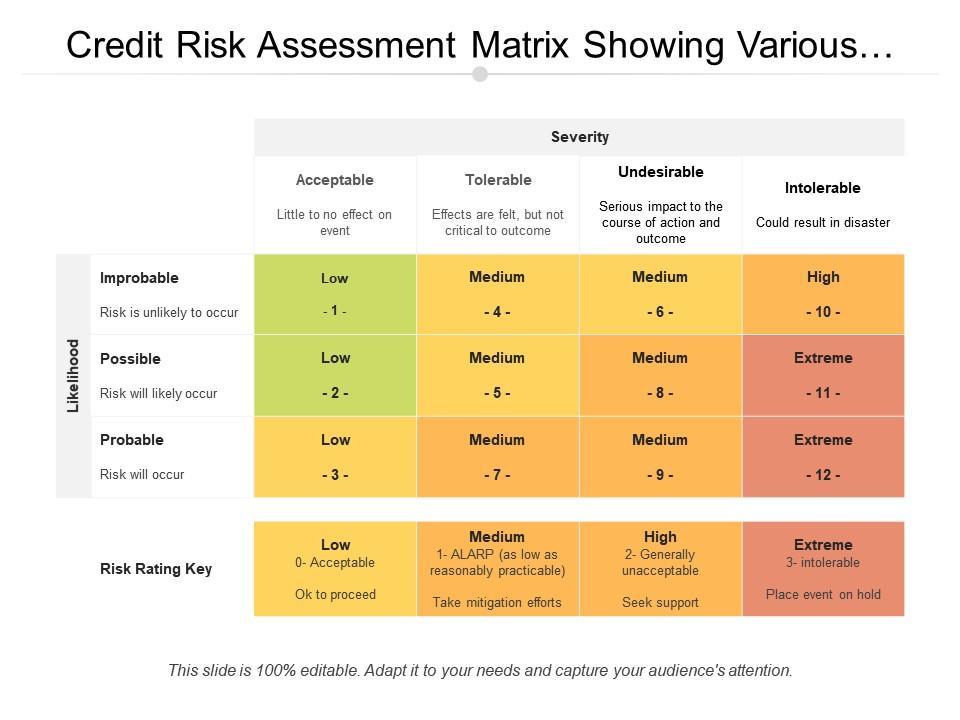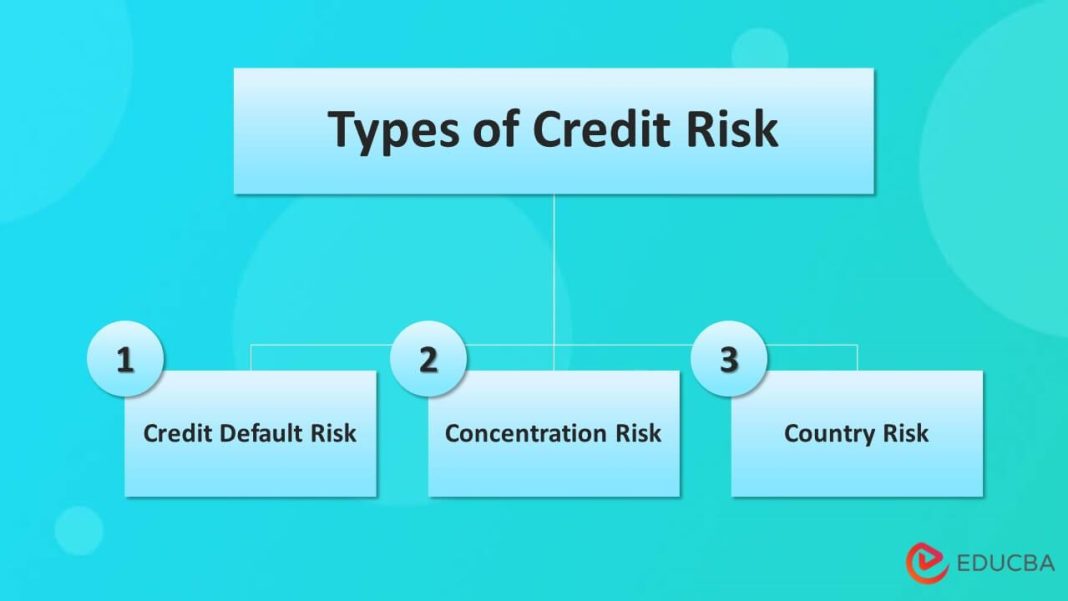In the labyrinthine corridors of today’s financial markets, where the shadows of uncertainty loom large, navigating credit risk has become an art form as much as a science. The global economy, a living organism of intertwined markets and shifting tides, presents a formidable challenge to even the most seasoned financial professionals. As geopolitical tensions rise, inflationary pressures mount, and technological disruptions reshape the landscape, the task of managing credit risk demands a blend of foresight, adaptability, and strategic acumen. This article delves into the intricate dynamics of credit risk management, offering a compass to guide you through the stormy seas of volatility and unpredictability. With an authoritative lens, we will explore innovative strategies, emerging trends, and the essential tools required to safeguard financial stability in these tumultuous times. Welcome to the new frontier of credit risk navigation, where the stakes are high, and the rewards are profound for those who dare to master the art.
Understanding the Dynamics of Credit Risk in Volatile Markets
In the ever-shifting landscape of financial markets, understanding the intricacies of credit risk becomes paramount. Credit risk, the possibility of a borrower failing to meet their obligations, can be exacerbated by volatile market conditions. This uncertainty requires a nuanced approach to risk management, blending traditional methods with innovative strategies. Financial institutions must adapt by leveraging advanced analytics and real-time data to assess the creditworthiness of borrowers dynamically. By doing so, they can identify potential red flags early and adjust their risk exposure accordingly.
- Utilize predictive analytics: Harnessing big data and machine learning can provide insights into potential default patterns.
- Enhance credit scoring models: Incorporating non-traditional data sources can offer a more comprehensive view of a borrower’s financial health.
- Implement stress testing: Regularly simulate adverse market conditions to evaluate the resilience of your credit portfolio.
- Foster transparency: Clear communication with stakeholders can build trust and facilitate more informed decision-making.
By adopting these strategies, financial institutions can not only navigate the turbulent waters of volatile markets but also seize opportunities for growth and innovation. The key lies in being proactive, adaptive, and vigilant in managing credit risk.

Strategic Risk Assessment: Tools and Techniques for Modern Challenges
In today’s volatile financial landscape, effectively navigating credit risk demands a comprehensive understanding of strategic risk assessment tools and techniques. Modern challenges require financial institutions to be agile and forward-thinking. Stress testing is a crucial technique, allowing institutions to simulate adverse economic scenarios and assess their potential impact on credit portfolios. This proactive approach helps in identifying vulnerabilities and preparing mitigation strategies.
Another essential tool is the credit risk modeling, which leverages advanced analytics and machine learning to predict potential defaults and credit score fluctuations. By integrating these models, institutions can enhance their decision-making processes and allocate resources more efficiently. Key techniques include:
- Scenario Analysis: Evaluating how different economic conditions affect credit risk.
- Credit Scoring Systems: Utilizing data-driven algorithms to assess borrower reliability.
- Portfolio Diversification: Spreading credit exposure to minimize risk concentration.
Adopting these strategies ensures that financial entities not only survive but thrive amidst uncertainty, safeguarding their assets and maintaining market confidence.
Proactive Measures for Mitigating Credit Exposure
In the ever-evolving landscape of financial markets, taking proactive steps to manage credit exposure is not just prudent—it’s essential. Implementing robust credit assessment tools is a fundamental strategy, allowing businesses to evaluate the creditworthiness of clients and partners with precision. Leveraging data analytics and machine learning can enhance these assessments, providing insights that traditional methods might overlook. This not only aids in identifying potential risks but also empowers companies to make informed decisions swiftly.
Another critical measure is the diversification of credit portfolios. By spreading credit exposure across various sectors and geographic regions, businesses can cushion themselves against localized economic downturns. Moreover, establishing strong credit policies that include setting clear credit limits and regularly reviewing them ensures that exposure remains within acceptable boundaries. Regular training for credit management teams on the latest market trends and risk management techniques further fortifies a company’s defense against unforeseen financial turbulence.
Crafting Resilient Credit Policies in Unpredictable Times
In today’s volatile financial landscape, the key to maintaining a robust credit portfolio lies in the strategic design of credit policies that are both flexible and forward-thinking. To achieve this, institutions must prioritize a dynamic risk assessment framework that can swiftly adapt to market fluctuations. This involves integrating advanced analytics and machine learning models to predict potential risks and identify emerging trends before they escalate into significant threats.
- Proactive Monitoring: Continuously track economic indicators and adjust credit limits accordingly.
- Scenario Analysis: Conduct stress tests under various hypothetical scenarios to evaluate resilience.
- Stakeholder Engagement: Foster open communication channels with borrowers to understand their evolving needs and challenges.
Moreover, fostering a culture of agility and innovation within the credit risk management team is essential. By encouraging cross-departmental collaboration and leveraging cutting-edge technology, financial institutions can not only safeguard their assets but also seize new opportunities in the midst of uncertainty. This holistic approach ensures that credit policies are not just reactive, but proactively designed to withstand the test of time.





